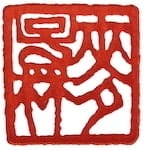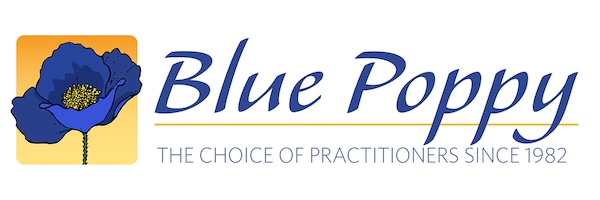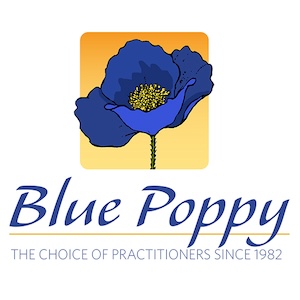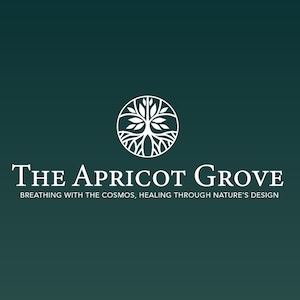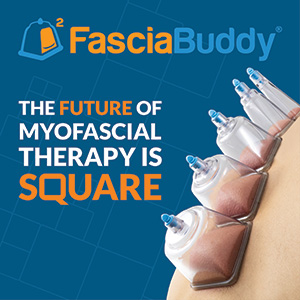Mingmen (命門) is a lifeblood point in the flow of fire and qi in the body, yet remains shrouded in an enigma. For those who seek to understand their fate, the point—which translates to “Gate of Destiny” or “Gate of Life”—can be perceived as a gateway leading to a realm beyond our understanding, offering a glimpse into the unknown.
Like the beating of our hearts, the strength and vitality of the Mingmen can determine the course of our lives. Its fiery heat, fueled by the blood of life that courses through us, illuminating the path to our destiny.
In this conversation with Thomas Sorensen, we seek to understand and unlock the mysteries of the Mingmen—including its significance in our clinical work and how to attend to it. Thomas talks about the need to get heat in the right place and how the heart, the kidney, the Mingmen, and the San Jiao (triple burner) tie into all this. We also fiddle with the idea of destiny, the physiological and psychological aspects of our clinical work, and the role of the small intestines.
Listen into this discussion on the relationship between the pericardium, the San Jiao, and the Mingmen.
In This Conversation We Discuss:
- The concept of the triple burner (San Jiao)
- The mystery of the Mingmen and its diagnostic and prognostic significance
- The heart-kidney connection and its relation to the Mingmen function
- Getting the fire in the right place – Storage and transfer of heat between the heart, Mingmen, and the San Jiao
- Consciousness and interpreting the flow of fire in terms of Xing and Ming, as explained in Neidan
- The original versus conditioned mind – Working on the formed (physiology) versus the unformed in the clinic
- The mind-body connection under the lens of East Asian Medicine.
- Why it’s not in our place to tamper with the destiny of our patients
- The small intestine as the ‘gate of life’ or as an aspect of the Mingmen
Keep the NanJing – Classic of Difficulties, in your pocket!
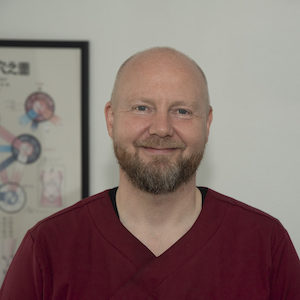 I was introduced to acupuncture in 1996 while undertaking studies in Korean language and culture in Seoul, South Korea. One acupuncture treatment with a few needles on the opposite leg of the knee that I had injured during martial arts practice took away my knee pain instantly and completely. This experience changed my life around – from the first needle I had a new destination. I had to learn acupuncture.
I was introduced to acupuncture in 1996 while undertaking studies in Korean language and culture in Seoul, South Korea. One acupuncture treatment with a few needles on the opposite leg of the knee that I had injured during martial arts practice took away my knee pain instantly and completely. This experience changed my life around – from the first needle I had a new destination. I had to learn acupuncture.
After returning to Copenhagen, Denmark, from Korea, I started studying TCM. I went into private practice immediately after graduating, but didn’t find the TCM style of acupuncture a good match for me so I started looking at different styles of acupuncture and Japanese Meridian Therapy showed up on my radar. I was very fortunate to be accepted as a student of Ikeda Masakazu Sensei. He instilled in me a deep respect for the classics and showed me how to think in terms of basic principles and how to be pragmatic about them. I really owe him my practice.
Now I practice acupuncture based on Meridian Therapy diagnostic- and needling techniques, guided by the classics and incorporating the very powerful protocols of Korean Saam acupuncture. …and after close to 20 years of practice I am still having fun in the clinic every day.
